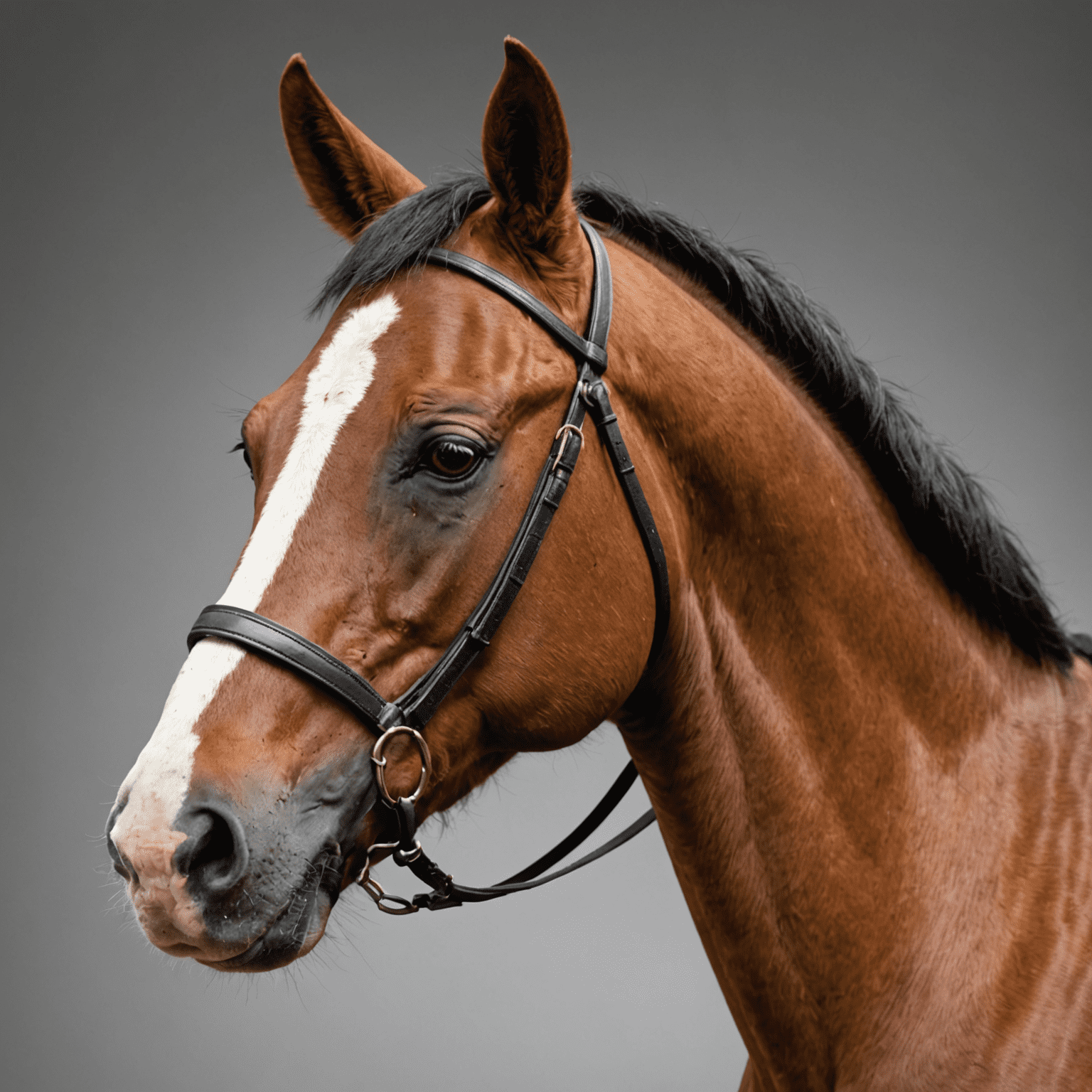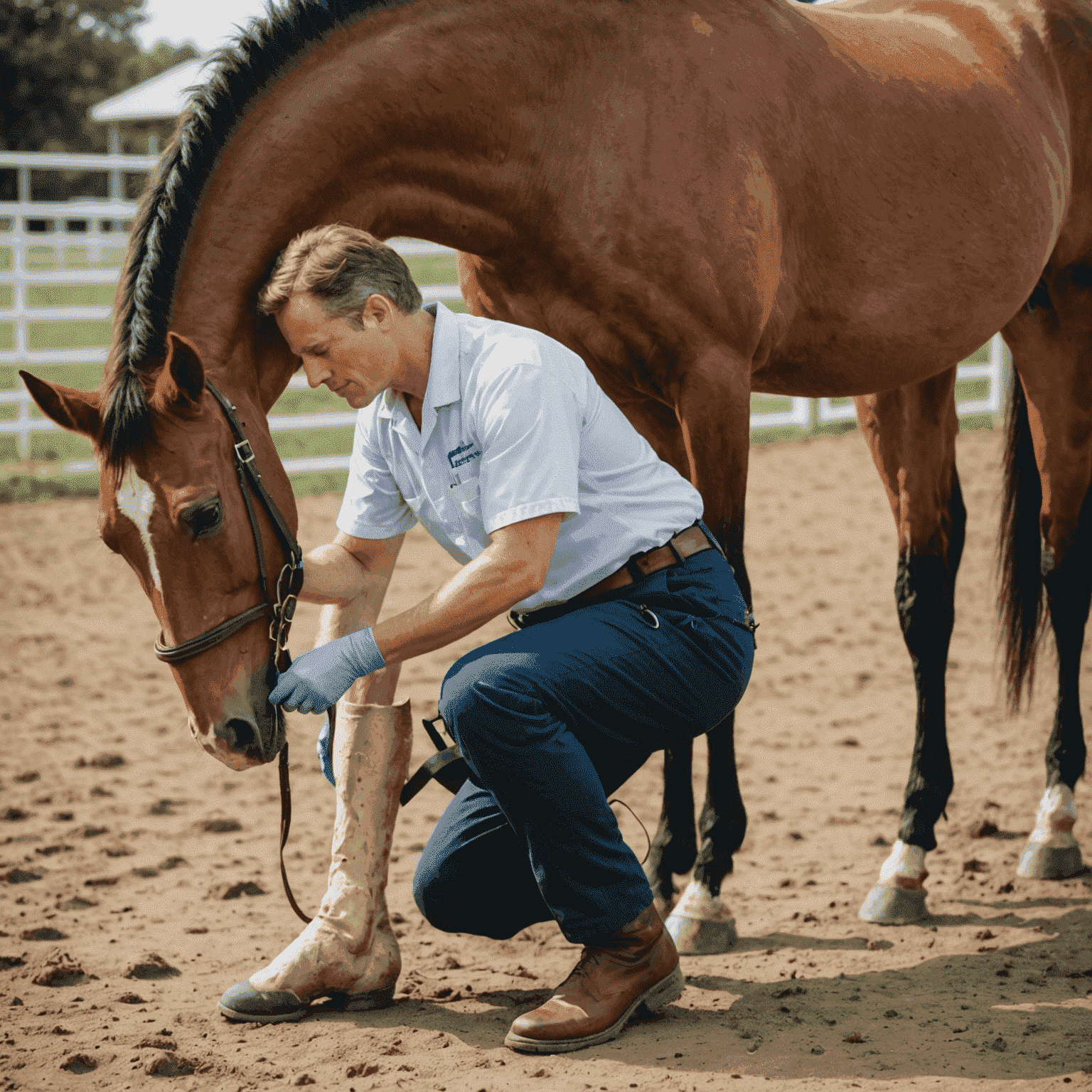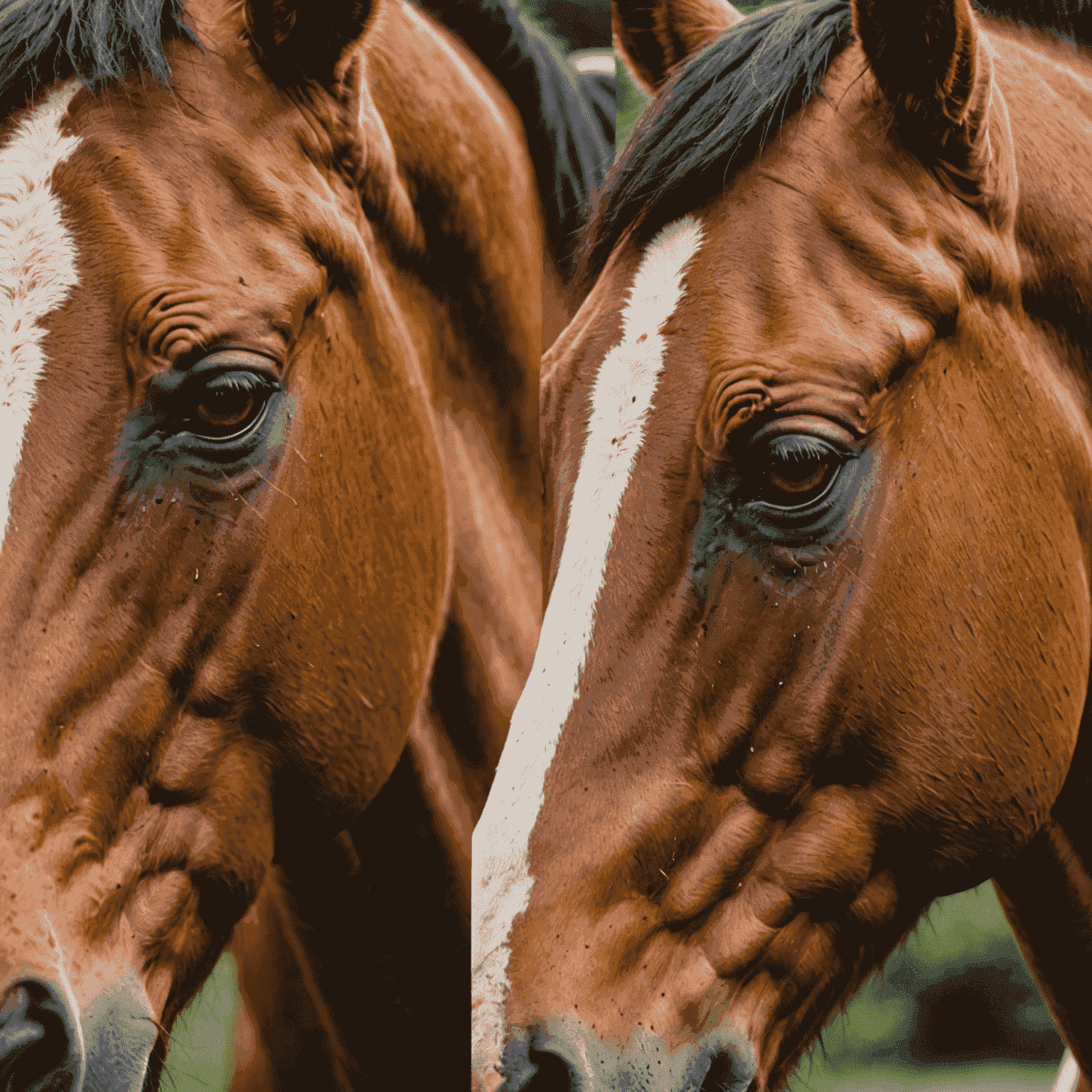Recognizing Common Horse Health Issues
A comprehensive guide to identifying early signs of illness or discomfort in your horse, with advice on when to call the veterinarian.

As responsible horse owners at Heritage View Ranch, we understand that early detection of health issues is crucial for maintaining your horse's wellbeing. Horses are masters at hiding pain and discomfort, an evolutionary trait that would have protected them from predators in the wild. This guide will help you recognize subtle signs that might indicate your horse is experiencing health problems.
Vital Signs: Know Your Horse's Normal
Before you can identify abnormalities, you need to know what's normal for your horse. Take time to establish your horse's baseline vital signs:
- Temperature: 99.5°F to 101.5°F (37.5°C to 38.6°C)
- Heart rate: 28-44 beats per minute
- Respiratory rate: 8-16 breaths per minute
- Capillary refill time: 1-2 seconds
- Gut sounds: Regular gurgling in all four quadrants
Remember that these ranges are general guidelines. Your horse may have slightly different normal values, which is why establishing an individual baseline is important.
Behavioral Changes: The First Warning Signs

Subtle behavioral changes often precede physical symptoms. Be alert for:
- Decreased appetite or reluctance to eat
- Changes in water consumption
- Unusual lethargy or depression
- Increased irritability or aggression
- Isolation from herd mates
- Altered posture or stance
Colic: A Common Emergency
Colic refers to abdominal pain and is one of the most common serious health issues in horses. Signs include:
- Pawing at the ground
- Looking at or biting at flanks
- Repeatedly lying down and getting up
- Rolling or attempting to roll
- Sweating without exercise
- Lack of gut sounds or abnormal gut sounds
- Lack of manure production
Colic is a medical emergency. Contact your veterinarian immediately if you suspect your horse is colicking.
Lameness: Understanding Movement Issues
Lameness can range from subtle to severe and may indicate various issues from minor bruising to serious conditions like laminitis. Watch for:
- Uneven stride or head bobbing when moving
- Reluctance to bear weight on a limb
- Heat, swelling, or pain in joints or limbs
- Unusual stance (pointing a toe, shifting weight)
- Difficulty turning, backing up, or transitioning between gaits
- Decreased performance or unwillingness to work

Respiratory Issues: Beyond the Normal Breath
Respiratory problems can range from mild allergies to serious infections. Be alert for:
- Increased respiratory rate at rest
- Nasal discharge (clear, white, yellow, or blood-tinged)
- Coughing, especially during exercise
- Labored breathing or flared nostrils at rest
- Wheezing or abnormal lung sounds
- Exercise intolerance

Skin Conditions: The Visible Indicators
The skin often reflects internal health and can indicate allergies, parasites, or infections:

- Hives or raised welts
- Hair loss or patchy coat
- Excessive itching or rubbing
- Crusty, scaly, or oozing skin lesions
- Swellings or lumps
- Changes in coat color or texture
Dental Problems: Issues Behind the Smile
Dental issues can significantly impact a horse's ability to eat and maintain weight. Watch for:
- Dropping feed while eating (quidding)
- Weight loss despite adequate feed
- Bad breath
- Excessive salivation
- Head tilting while eating
- Resistance to the bit or head tossing when ridden
When to Call the Veterinarian
Contact your veterinarian immediately for:
- Any signs of colic
- Severe or sudden lameness
- Wounds that may require stitches
- Eye injuries or severe eye discharge
- Difficulty breathing
- Neurological symptoms (incoordination, circling, head pressing)
- Fever above 102°F (38.9°C)
- Severe swelling of limbs or other body parts
- Inability to stand
- Prolonged straining to urinate or defecate
Preventative Care: The Best Medicine
At Heritage View Ranch, we believe prevention is always better than treatment. Establish a regular health maintenance routine:
- Schedule regular veterinary check-ups (at least annually)
- Maintain a consistent deworming program
- Keep vaccinations current
- Arrange for dental floating every 6-12 months
- Provide regular farrier care every 6-8 weeks
- Ensure proper nutrition and clean water
- Allow daily turnout and exercise
- Maintain clean living conditions

Conclusion
Developing an eye for subtle changes in your horse's behavior and physical condition is an essential skill for every horse owner. By spending time observing your horse daily and establishing what's normal for your individual animal, you'll be better equipped to notice when something isn't right.
Remember that this guide is not exhaustive, and when in doubt, it's always better to consult with your veterinarian. Early intervention often leads to better outcomes and can save your horse from unnecessary suffering.
At Heritage View Ranch, we prioritize proactive horse care and encourage all horse owners to develop a collaborative relationship with their veterinarian and other equine professionals to ensure the best possible care for their equine companions.
Quick Reference: Emergency Signs
- Profuse sweating
- Rapid breathing (>30 breaths/minute)
- Elevated heart rate (>60 beats/minute)
- Severe pain behaviors
- Inability to rise
- Significant bleeding
- Severe swelling
- Discolored gums (blue, purple, or bright red)
Essential Horse First Aid Kit
- Digital thermometer
- Stethoscope
- Clean towels
- Antiseptic solution
- Sterile gauze pads
- Self-adhesive bandage wrap
- Cotton padding
- Scissors
- Tweezers
- Flashlight
- Veterinarian's contact information

Monitoring Tips
Keep a health journal for your horse, noting changes in appetite, water intake, manure production, and behavior. This information can be invaluable to your veterinarian when diagnosing problems.